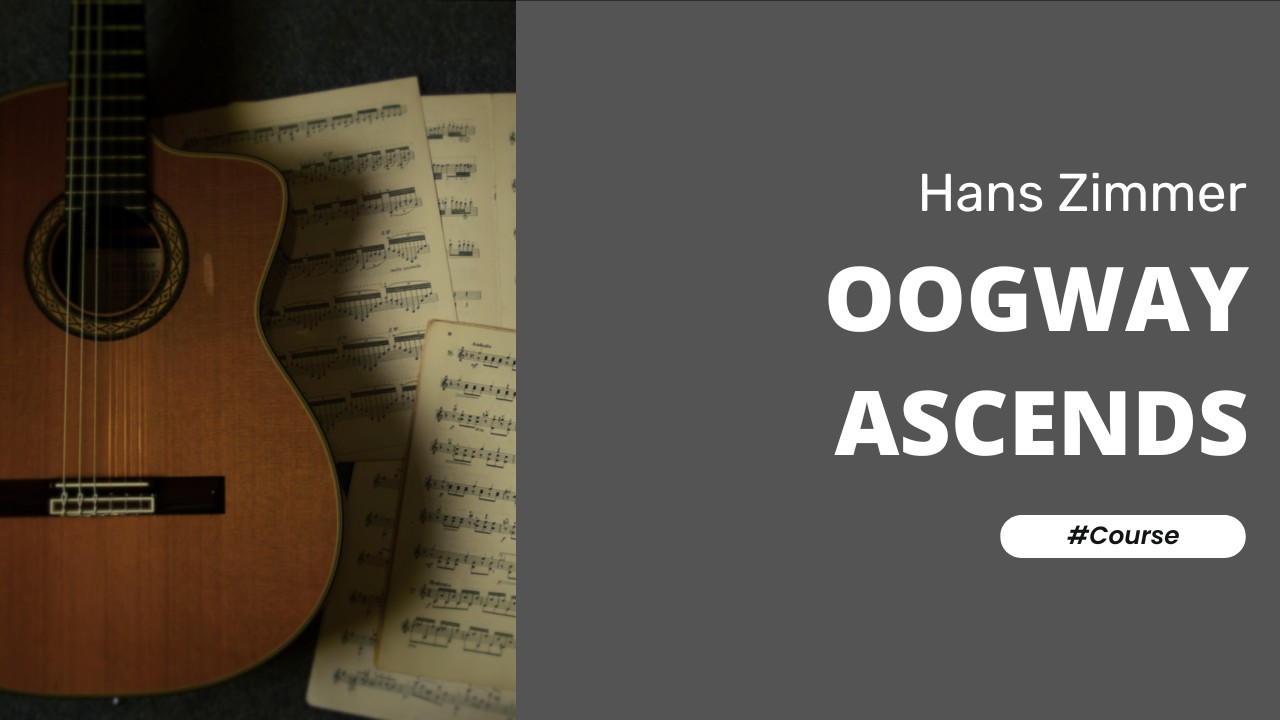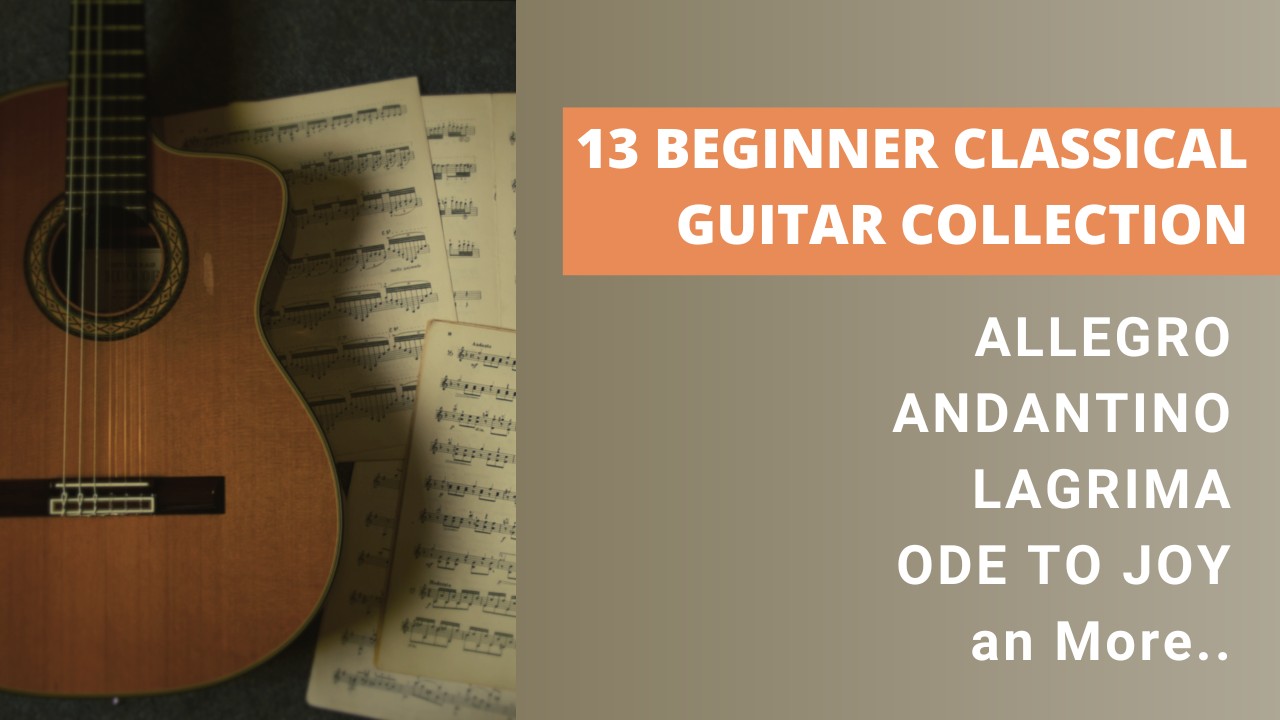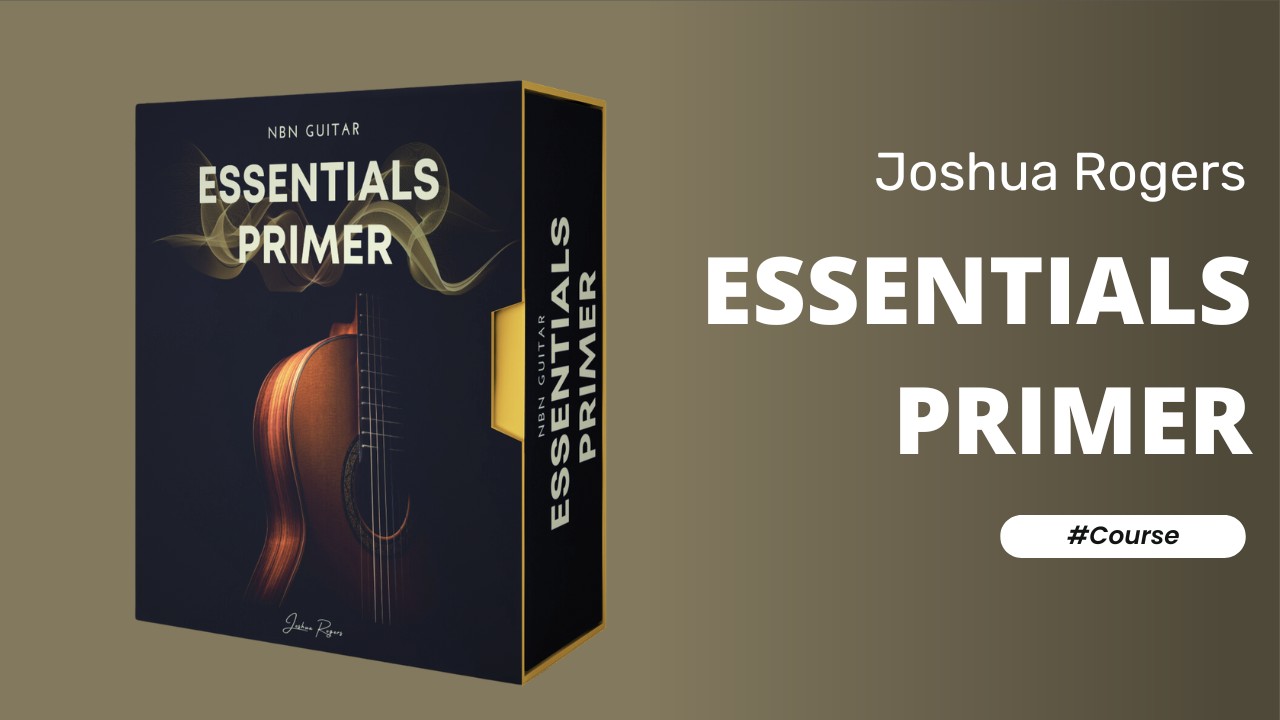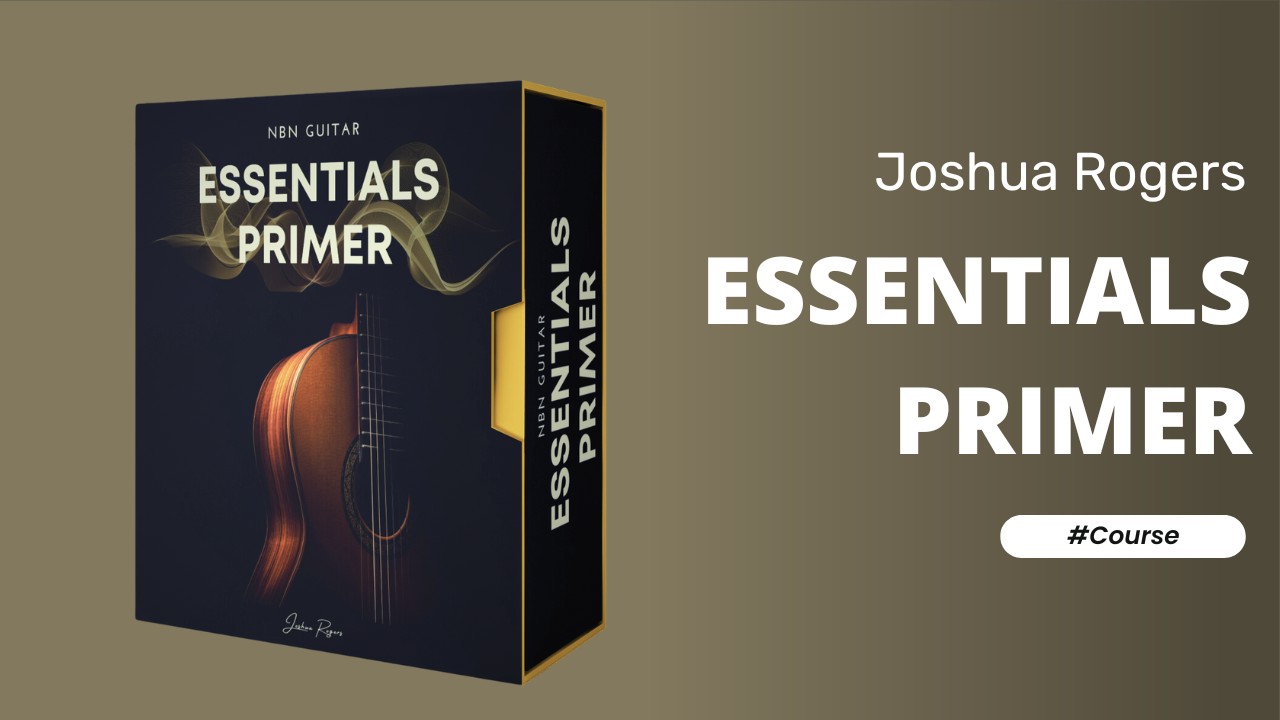Canon in D by Johann Pachelbel
Introduction
Pachelbel’s Canon is the name commonly given to a canon by the German Baroque composer Johann Pachelbel in his Canon and Gigue for 3 violins and basso continuo (German: Kanon und Gigue für 3 Violinen mit Generalbaß) (PWC 37, T. 337, PC 358), sometimes referred to as Canon and Gigue in D or simply Canon in D.
Neither the date nor the circumstances of its composition are known, and the oldest surviving manuscript copy of the piece dates from the 19th century.
Johann Pachelbel (1653-1706) was a distinguished German composer, organist, and teacher of the Baroque era. Born in Nuremberg, he showed exceptional musical talent from an early age, receiving rigorous training under prominent musicians of his time. Pachelbel’s career included prestigious positions such as organist at St. Sebaldus Church in Nuremberg and the court of the Duke of Saxe-Eisenach.
Pachelbel’s influence extended beyond his own compositions; he was a pivotal figure in the development of the South German organ tradition. His work, characterized by its clarity, intricate counterpoint, and harmonic richness, had a lasting impact on the musical landscape. While his Canon in D is his most famous piece, Pachelbel’s extensive oeuvre includes a variety of organ works, chamber music, and vocal compositions. His legacy endures through his contributions to Baroque music and his influence on later composers, including Johann Sebastian Bach.
Musical Style
Pachelbel’s compositions are characterized by their clarity, balance, and melodic richness. His music often features a strong, harmonic structure and employs counterpoint with elegance and restraint, reflecting the Baroque era’s emphasis on ornate yet disciplined musical forms.
Pachelbel’s style is marked by a sophisticated use of the basso continuo, a continuous bass line that supports the harmonic framework of his pieces. This technique allows for intricate interplays between the melody and harmony, creating a seamless and flowing musical texture. His chorale preludes and fugues exhibit his mastery of polyphonic writing, where multiple independent voices weave together harmoniously.
Moreover, Pachelbel’s works often display a lyrical and almost meditative quality, with a focus on smooth, flowing lines and carefully crafted ornamentation. His music is accessible and pleasing to the ear, making it enduringly popular. Though primarily known for his Canon, Pachelbel’s extensive body of work, including organ and vocal music, continues to be celebrated for its beauty, technical skill, and emotional depth
Notable Pieces
Johann Pachelbel composed around 530 pieces of music during his lifetime – wow! His extensive body of work includes various forms such as organ music, vocal music, and chamber music, with his compositions remaining influential and celebrated within the Baroque music repertoire. Below are three of his most famous compositions (other than Canon in D).
- Chaconne in F minor
- Toccata in E minor
- Hexachordum Apollinis
Let your fingers fly!
Josh
Canon in D Course
About this Course
Introduction
Pachelbel’s Canon is the name commonly given to a canon by the German Baroque composer Johann Pachelbel in his Canon and Gigue for 3 violins and basso continuo (German: Kanon und Gigue für 3 Violinen mit Generalbaß) (PWC 37, T. 337, PC 358), sometimes referred to as Canon and Gigue in D or simply Canon in D.
Neither the date nor the circumstances of its composition are known, and the oldest surviving manuscript copy of the piece dates from the 19th century.
Johann Pachelbel (1653-1706) was a distinguished German composer, organist, and teacher of the Baroque era. Born in Nuremberg, he showed exceptional musical talent from an early age, receiving rigorous training under prominent musicians of his time. Pachelbel’s career included prestigious positions such as organist at St. Sebaldus Church in Nuremberg and the court of the Duke of Saxe-Eisenach.
Pachelbel’s influence extended beyond his own compositions; he was a pivotal figure in the development of the South German organ tradition. His work, characterized by its clarity, intricate counterpoint, and harmonic richness, had a lasting impact on the musical landscape. While his Canon in D is his most famous piece, Pachelbel’s extensive oeuvre includes a variety of organ works, chamber music, and vocal compositions. His legacy endures through his contributions to Baroque music and his influence on later composers, including Johann Sebastian Bach.
Musical Style
Pachelbel’s compositions are characterized by their clarity, balance, and melodic richness. His music often features a strong, harmonic structure and employs counterpoint with elegance and restraint, reflecting the Baroque era’s emphasis on ornate yet disciplined musical forms.
Pachelbel’s style is marked by a sophisticated use of the basso continuo, a continuous bass line that supports the harmonic framework of his pieces. This technique allows for intricate interplays between the melody and harmony, creating a seamless and flowing musical texture. His chorale preludes and fugues exhibit his mastery of polyphonic writing, where multiple independent voices weave together harmoniously.
Moreover, Pachelbel’s works often display a lyrical and almost meditative quality, with a focus on smooth, flowing lines and carefully crafted ornamentation. His music is accessible and pleasing to the ear, making it enduringly popular. Though primarily known for his Canon, Pachelbel’s extensive body of work, including organ and vocal music, continues to be celebrated for its beauty, technical skill, and emotional depth
Notable Pieces
Johann Pachelbel composed around 530 pieces of music during his lifetime – wow! His extensive body of work includes various forms such as organ music, vocal music, and chamber music, with his compositions remaining influential and celebrated within the Baroque music repertoire. Below are three of his most famous compositions (other than Canon in D).
- Chaconne in F minor
- Toccata in E minor
- Hexachordum Apollinis
Let your fingers fly!
Josh






